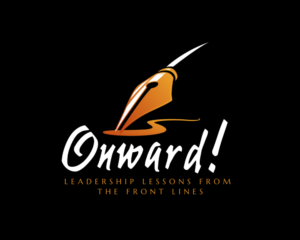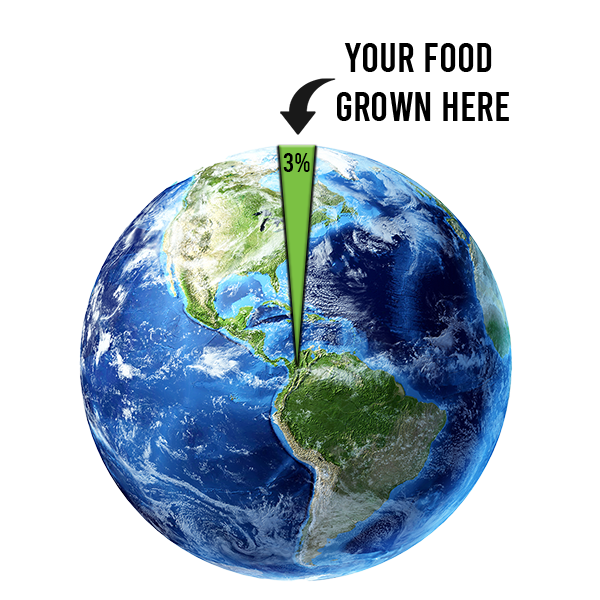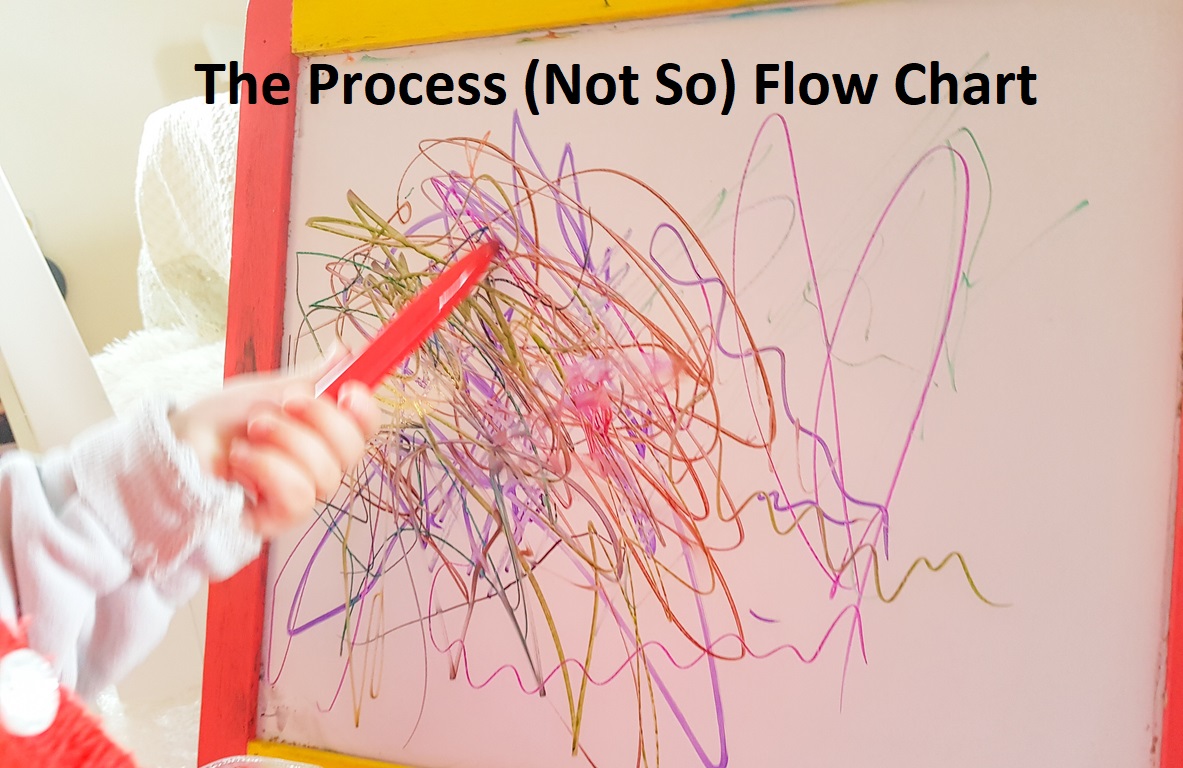As we turn to celebrate Earth Day, I’d like to make the argument that if you really want to save the rainforests, use more fertilizer….and GMOs….and today’s modern crop protection. With the world’s population expected to reach between 9 and 10 billion by 2050, to feed ourselves, our children, and our grandchildren, we have a choice between cutting down our forests or growing food more intensely. The best way to do that is to embrace modern crop science – soil sampling, variable-rate fertilizer application, modern seed genetics, and effectively applied crop protection products.
Let’s start with some basic facts and key assumptions
- Three percent of the world’s surface is arable land, meaning suited for growing crops or other life-sustaining plants. The rest is oceans, deserts, and mountains too steep or rocky to grow crops.
- The world’s population continues to grow. It is approaching eight billion today. It is projected to reach 10 billion by 2050. According to the World Resources Institute, those additional people will consume 56% more food than in 2010.
- We humans and our housing compete with farming for arable land, with millions of acres of cropland being converted to cities annually.
- The largest tracts of arable land left on the planet are the rainforests, like those in the Amazon of Brazil.
Therefore, to feed the growing population, we have the following choices:
- Convert more uncultivated arable land (our rainforests) to agricultural purposes,
- Farm existing land more efficiently, meaning growing more crops from each acre of farmland,
- Convert non-arable land to arable land — this takes huge quantities of fresh water (think California desert) or massive energy to desalinate the ocean, or
- Use other methods of cultivation (greenhouses/vertical farming etc.).
Converting non-arable land and vertical farming are great potential options but they are energy-intensive and therefore carbon-intensive. They are also expensive and impossible to do at a scale that begins to compare with modern farming. In short, it’s hard to beat Mother Nature for solar power and rainwater. Thus, our only real practical options are to farm more intensely or cut down more rainforests.
The good news is that modern agriculture and advances in crop science have done an absolutely amazing job over the past 70 years of doing exactly that. See the chart below, which is the average corn yield from the US since 1866.
This is true for other crops as well. Here’s a similar chart for cotton, showing cotton yield against total acres planted. Yields have increased from 300 pounds/acre in 1950 to close to 900 pounds in 2015.
They look similar for soybeans, wheat, rice, and other staples. In short, America’s farmers are the most productive in the world. Thankfully much of the rest of the world is catching up.
So what would happen without modern agriculture? A study by Our World in Data on land use calculated that if average crop yields on grains had not increased since 1961, up to ⅓ of the world’s forests would have been lost. That is a land mass the size of Europe and Mexico combined. Bye, bye rainforests.
Now before you go out and dump a bunch of fertilizer on your lawn or crop and declare yourself a friend of the Amazon, there is much work to be done. Too much fertilizer is not a good thing. In fact, it’s terrible and has contributed to water quality issues in lakes and oceans around the world.
But here again, there is reason to celebrate and reason for optimism. Following modern farming’s best practices – applying the right fertilizer at the right place, in the right amount, at the right time dramatically improves the fertilizer use efficiency (the quantity of nutrients actually taken up by the plant) and reduces runoff. With detailed soil sampling and precision, computer-guided application, treated nitrogen and phosphate (two major culprits in creating algae blooms in our lakes and oceans), we can ensure that the fertilizer feeds the plants we eat rather than oxygen-consuming algae in our streams, lakes, rivers, and oceans. Fertilizer use efficiency in the US is close to 75%. By comparison in China, it is closer to 25%.
What about going organic? I am a big supporter of organic agriculture and believe it has a strong place in the food value chain. But there are cautions. (1) It won’t feed the planet and (2) it is expensive. Today, at best, organic yields are between 10% and 30% less than yields of traditional science-backed yields. They also don’t store as well. According to author Thomas Hager in his great book, The Alchemy of Air, if you took us back to “the good old days” of pre-industrial farming and you farmed every arable acre of land on the planet to its maximum extent, you could feed about 4.2 billion people.
So if you’re serious about tackling climate change and saving our rainforests, use fertilizer and embrace modern agriculture. Yes, the industry has a lot of work to do. Many farmers are slow to embrace the latest science and best techniques. The industry remains a big contributor to global greenhouse gasses. There is more to be done to improve water use, reduce our use of pesticides and herbicides, and strengthen genetic diversity. But instead of shaming our farmers, and pining for the way things used to be, we need to embrace the science, embrace the best of modern agriculture and be the best farmers of our current farmland that we can. Because if you want to save our planet, save the rainforests and feed the future, thank a modern farmer and use fertilizer wisely.
Onward!
Jeff





